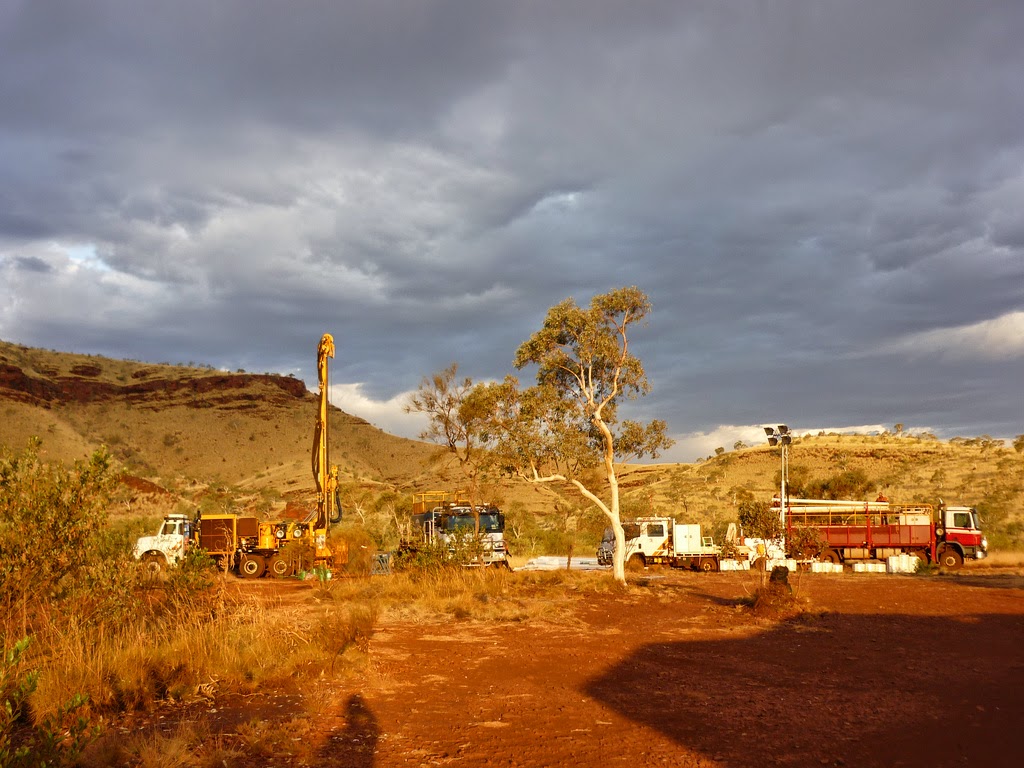
Technology developed in Australia is allowing drillers to detect rock formations deep in the earth and simultaneously survey the borehole—all during the drilling process.
Drillers are then able to upload the data instantaneously to business centres for analysis. This is all done without traditionally used and expensive wire-line crews.
The technology developed by Deep Exploration Technologies Co-operative Research Centre (DET CRC) uses a shuttle or sonde and was jointly built, designed and tested by researchers at Curtin University and Perth-based company Globaltech.
Called the ‘Pathfinder Multi Shot Autonomous Sonde’ it records properties of rock formations whilst deep in the earth as well as measuring azimuth and dip of the borehole at regular intervals.
The sonde is pumped down through the drill to the bottom of a drill hole so that it protrudes beyond the drill bit. Then as the drill rods are removed, taking the sonde up too, it logs the data of the surrounding rock formations and the characteristics of the hole.
DET CRC Chief Executive Richard Hillis says this is a cost effective way of retrieving real-time data on rock formations deep in the earth.
“This may also permit the use of drilling techniques that are only half the cost of conventional diamond drilling,” he says.
During a test at the DET CRC’s Brukunga Drilling Research and Training Facility the sonde successfully recorded the natural gamma radiation in a test hole indicating that it could differentiate between rock types.
The sonde is capable of being loaded with a suite of sensors and could replace the need for drill core, saving time and analysis costs.
Current drilling technology relies on core samples being sent to laboratories for analysis, which can mean delays of weeks or months, plus the cores are destroyed in the assay process. If more data is needed, drilling crews are sent back out to the site.
Globaltech project leader Gordon Stewart says drilling crews can deploy the sonde on site.
“[Meaning] the real time information can be obtained before the drill hole collapses. Also the expense of sending separate wireline crews to run sensors down the hole can be eliminated,” he says.
The sonde is also self-powered and autonomous which means there are no power or communication wires to break—a recurring issue with traditional wireline logging tools.
This technology comes at a time when Australia’s resource and mining industry is facing rising costs coupled with declining mineral prices.
The sonde is currently being field tested in north Western Australia.
Note : The above story is based on materials provided by Science Network WA










